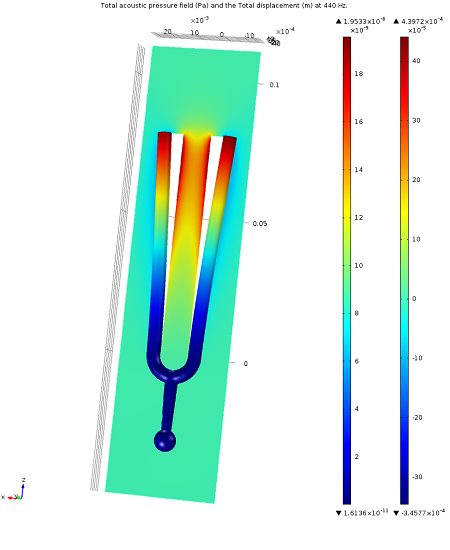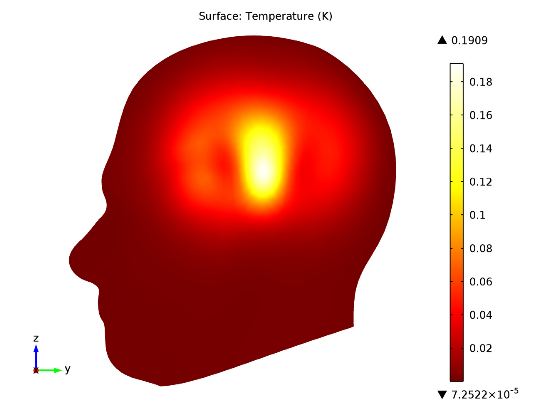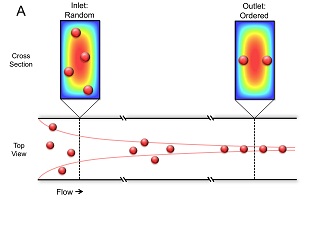Latest Posts

Modeling an Accurate Drug Delivery Device
There are many different routes through which drugs and other medications can be delivered into a patient’s body during treatment. These include topographical ointments, pills, vaporizers, and injection systems, among others. Many of these drug delivery systems require an enormous amount of precision when it comes to the location, timing, concentration, and amount of the drug to be administered. This is where simulation can be a big help, as it can allow for the modeling of each of these aspects […]

Efficient Solar Panel Design Improves the PV Industry
Solar photovoltaic (PV) cells are semiconductor devices that directly convert solar energy into electricity or voltage using the photovoltaic effect. These PV cells are more commonly known as solar cells, or solar panels, and in 2012 they produced roughly 93 terawatt-hours (TWh) of electricity — enough energy to power over 20 million homes. Because the cells must be directly exposed to the sun’s rays, they are housed outdoors where the panels are affected by the elements. Therefore, the cells must […]

Innovative Microfluidic System for Cooling Windows
The same window that allows natural light into your home also brings about an increase in your air-conditioning bill. While certain measures have been taken to improve the energy efficiency of windows, they still account for a large portion of buildings’ energy costs. As unfavorable as that is, we ultimately want our buildings to have windows, and tend to accept the sunlight in/energy bill up trade-off. However, advancements are currently underway to improve this trade-off by lessening the energy charges […]

Learn About Structural Corrosion Modeling from NRL
Structural corrosion modeling has long been considered a tough problem to solve. The combination of coupled physics effects and metal shape change pose quite a computational challenge. Fortunately, engineers have found that multiphysics software brings a solution. A great example of this is coming up at the COMSOL Conference 2013 Boston this fall, when Dr. Siddiq Qidwai from the Naval Research Laboratory will take the stage and let us in on how to properly model structural corrosion.

New Approach to Electronics Cooling Using a Corona Discharge
You may be familiar with the humming start of the mechanical fan that turns on when booting up your laptop computer. Such a fan is necessary to prevent electronic devices from overheating, and the accompanying whirring sound of the cooling system is an unavoidable side effect. As electronic devices become smaller, this mechanical fan must decrease in size as well, and therefore spin faster and faster in order to deliver the same amount of heat dissipation as a larger fan. […]

Tuning an Orchestra with the Help of Multiphysics Simulation
Multiphysics applications are all around us. Consider, for example, a setting where science may be the last thing on our minds: a music concert. You might be enjoying the slight sinusoidal variations in atmospheric pressure we call sound waves, or music, but those pressure variations must come from somewhere. In fact, they are due to a multiphysics effect where sinusoidal structural vibrations in an object disturb the surrounding air, causing pressure variations in the air that then propagate outward and […]

Specific Absorption Rate (SAR) in the Human Brain
It seems everyone and their kid brother has a cell phone these days — and we are constantly using them. We don’t just rely on them to make calls anymore, either; they serve as our maps, calendars, to-do lists, channel for social interaction, and so forth. This continuous use begs the question: “What about the radiation our phones emit, and how much of it is absorbed by our brains?” When considering this, scientists use the specific absorption rate (SAR) to […]

Inertial Focusing, a Counterintuitive Approach to Concentrate Cells
Suppose we have a rectangular microchannel containing a laminar flow with Reynolds number Re = 1. Next, let’s randomly distribute suspended particles at the channel’s inlet. Given that there are no external forces acting on these particles, you would intuitively expect that the particles would trace the fluid streamline. However, scientists from Massachusetts General Hospital (MGH) and Veryst Engineering would disagree, and their research findings suggest a completely different pattern than what would be expected. The researchers claim that depending […]
